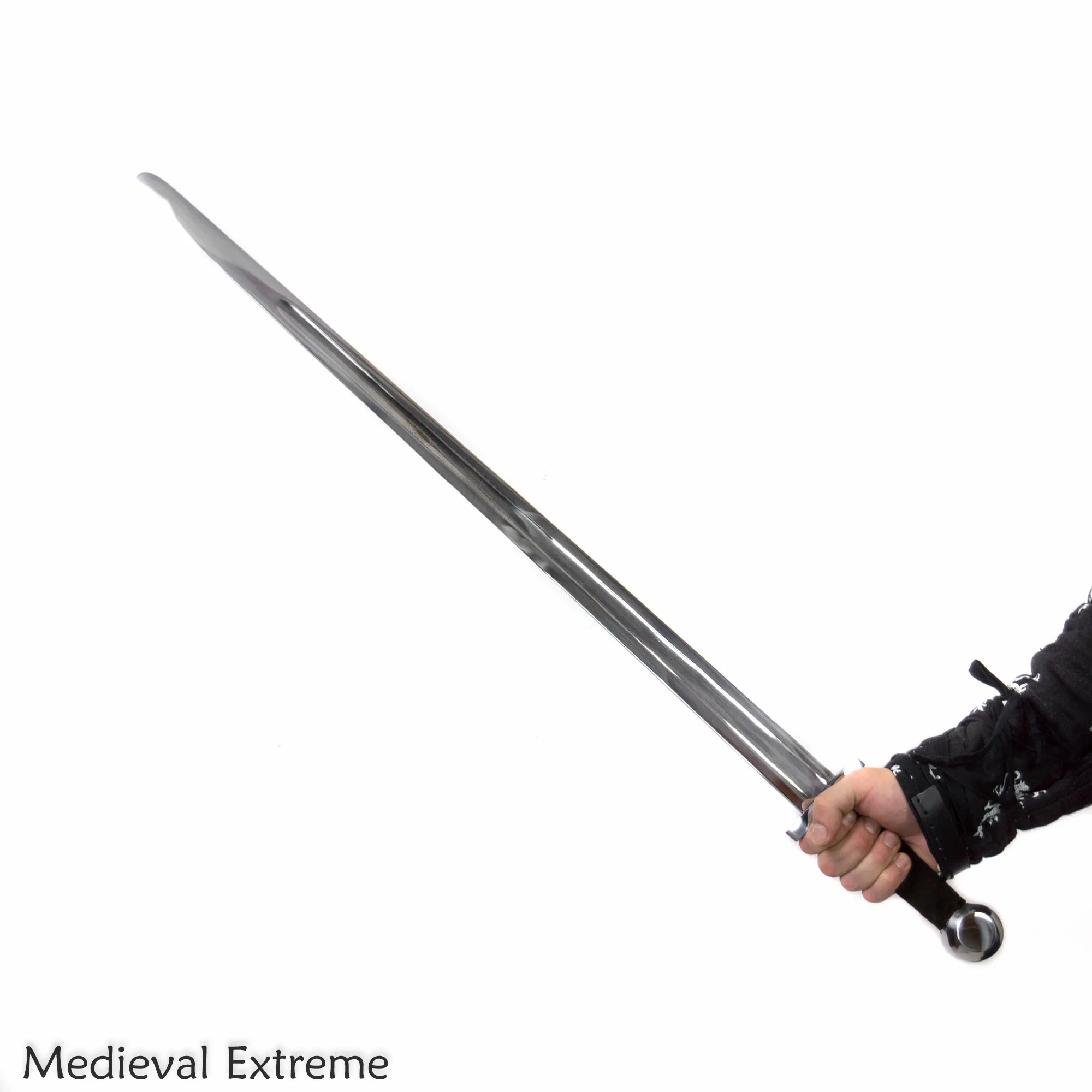

In gulches formed by rare streams, ghaf trees and qassis bushes would form canopies and shade for animals, such as doves and quail. Thorny shrubs were often able to survive on rocky ridges, and their presence hinted at water sources below the surface in such places. Desert snails were a strange creature that left their shells during the dry summers to hibernate under the sands. Swarms of moths were sometimes present in the Sword, and in the spring and fall, swarms of other insects were prevalent. As far as other predators, lions roamed the dunes, and many wyverns also lived in the Sword. In oases, hares and ostriches could be found, as well as jackals. Gazelles and onagers were two other herd animals present. Ĭamels were tended by the Bedine, being fed by hidden oasis pastures. Snakes, lizards, birds of prey that hunted at night, and desert bats made homes in the rocky ridges. The Sword had much life within it, despite its harsh conditions, including many plants, insects, birds, and animals, which tended to burrow under the dunes.
#DEEPEST SWORD HOT CRACKED#
Similarly, dried up ponds fed by such springs would form "dead waters", or mamlahah, flat-bottomed valleys of cracked clay. The water would carve a gulch before drying up. Occasionally, springs from a mountain would form a stream through the desert. Some oases had actually been created by magical means. These attracted plants along the fringes of the source. Oases provided water and shade to desert inhabitants and were formed from springs deep in the ground that welled up to fill depressions in rock or sand. Water was sometimes found deep below these ridges. The Sword also contained rocky pinnacles and small ridges of piled, weathered rock. The salt flats were harvested by the Bedine for salt. Other desert rocks were a source of gypsum. The mountains in the desert sometimes contained gold. Some parts of the Sword contained flat salt plains instead of dunes. Dunes would often collapse in slides of sand with loud booms. It had a few "sand mountains", or draa, that were over one hundred feet (30 meters) high, but these were relatively rare. The area was covered in sand dunes, which was what had given the whole desert the name the "Great Sand Sea." Four types of sand dunes could be found in the Sword: transverse "waves", longitudinal "troughs", barchan dunes, and star dunes. Steams flowed from Desertsedge into the desert sands and quickly dried up. The edges of the Sword were collectively called Desertsedge and were covered with rocky foothills with scrub plants and cut with ravines. The Zhentarim had established several trade routes through the Sword. Most merchants from the east entered the desert through the Raudilauth valley. Īncient tunnels below the sands connected such places as Evereska, Tethyamar, and the Stonelands. To the east were the Stonelands and the Desertsmouth Mountains. The Sword also bordered Evereska in the west and the kingdom of Cormyr in the south at the Goblin Marches. To the north was the Plain of Standing Stones. It stretched from below the ruins of Oreme and from the Lonely Moor in the west to the Border Forest in the east. The Sword was the southernmost and largest of the three subdivisions of Anauroch. Another risk of travel in the Sword was the violent sandstorms. Heat shimmer and mirages were all too common on the Sands. Such rains were short and violent, with torrential downpours and lightning that came and went, causing flash-floods. Rain or snow were rare no matter what time of year, and when it did rain, it might rain in one spot but not in another location only a mile or so away. The winters were as harsh and cold as elsewhere in the North.

It was common for a summer to see no rain at all. A steady wind provided a constant droning sound during the day, and it slowed to a still breeze at night, if there was any movement of the wind at all. In the summer, during the day, it was scorching hot, but at night, the temperatures could drop to freezing chills. The weather in the Sword varied drastically with the time of day and time of year. Some creature or creatures below the surface terrorized any making use of the tunnels and ancient paths below the sands, and on the surface, one had to contend with both the harsh environment and the savage Bedine tribes. įew, however, survived such journeys into the desert – or under it. It had great strategic importance as a route across the desert, and many of the ruins of the fallen empire of Netheril hid beneath its sands, making it a tempting place for adventure- and treasure-seekers. The Sword was the part of Anauroch most people thought about and cared about.


 0 kommentar(er)
0 kommentar(er)
